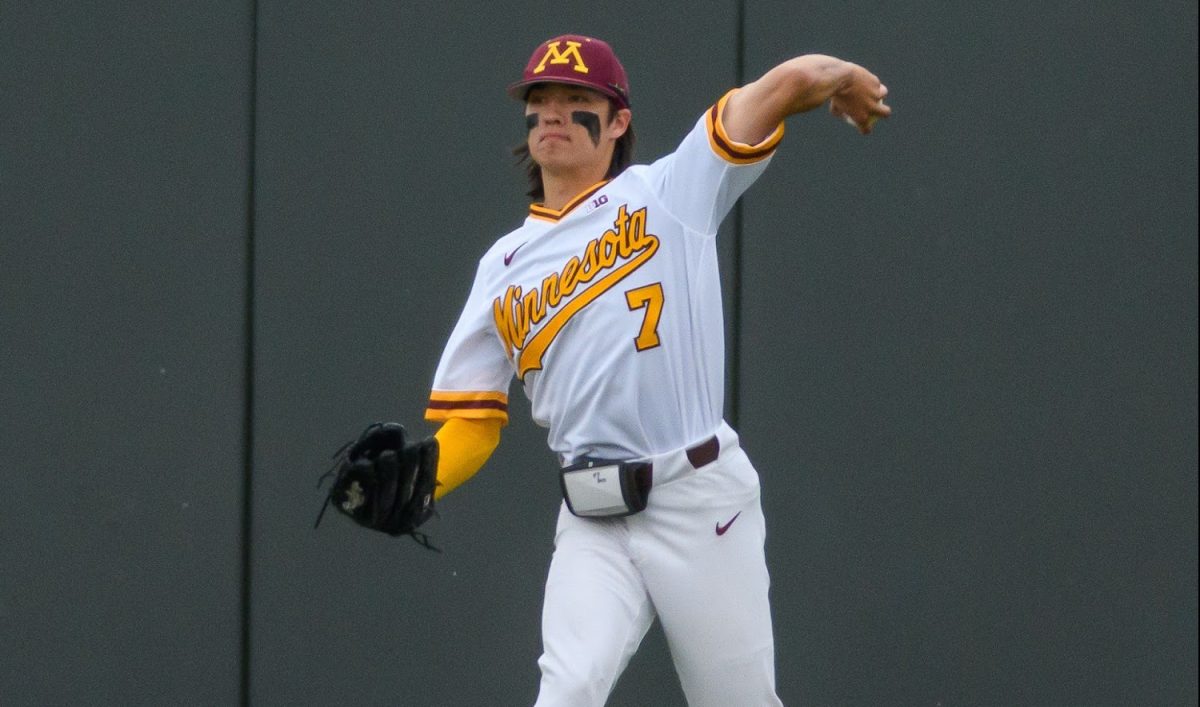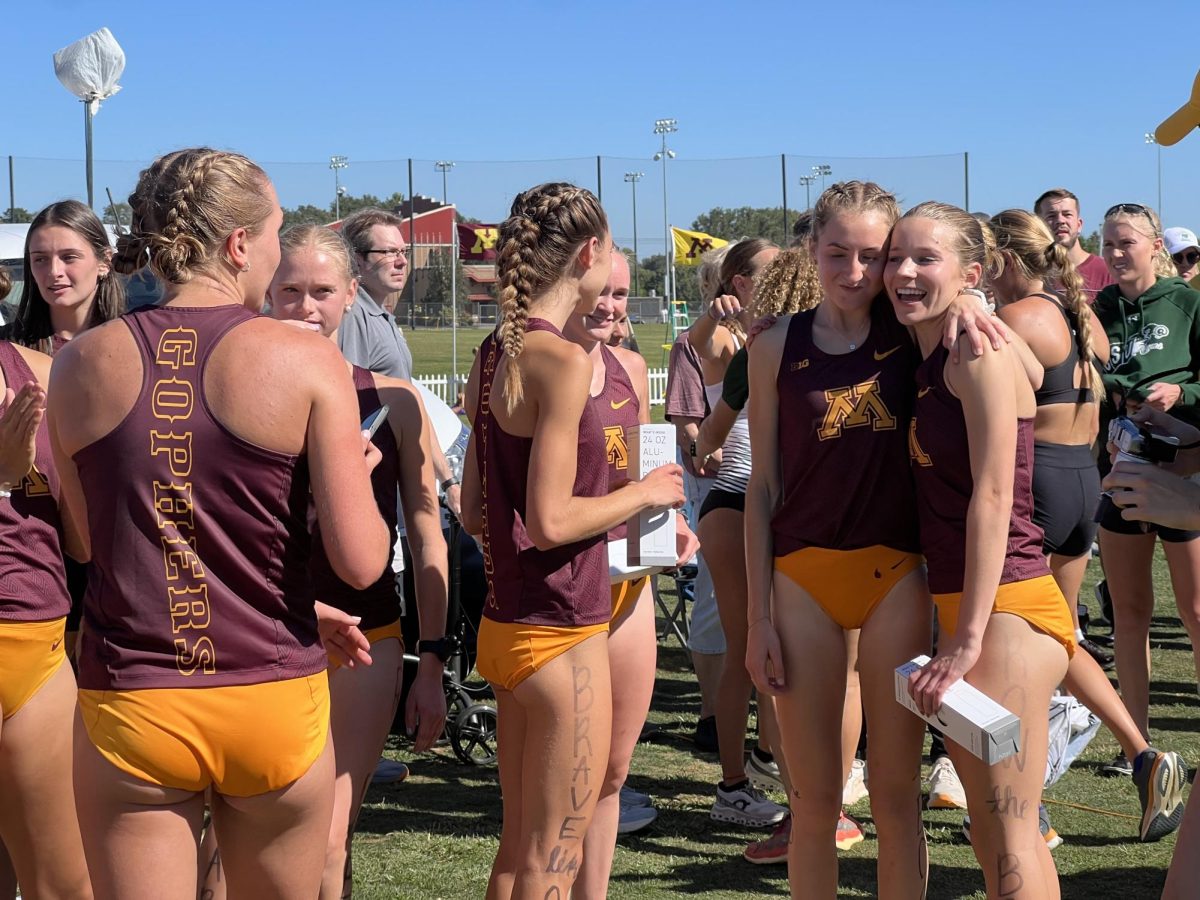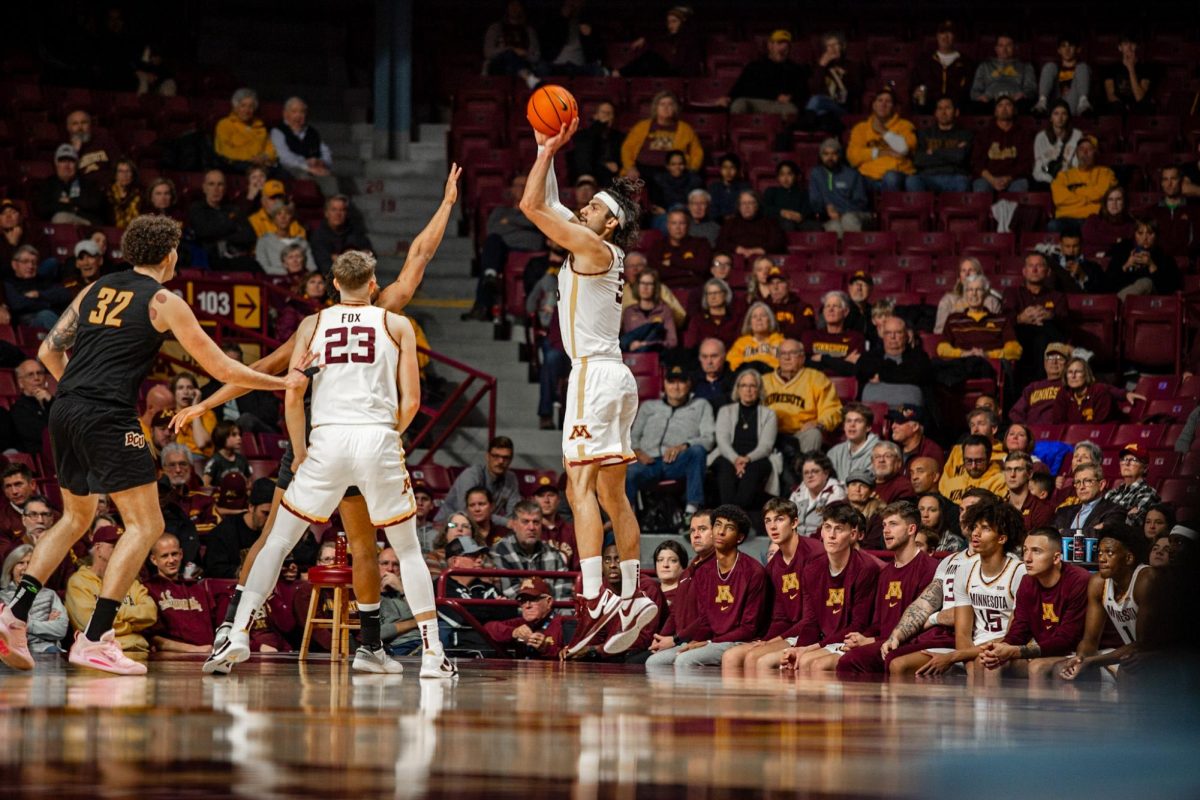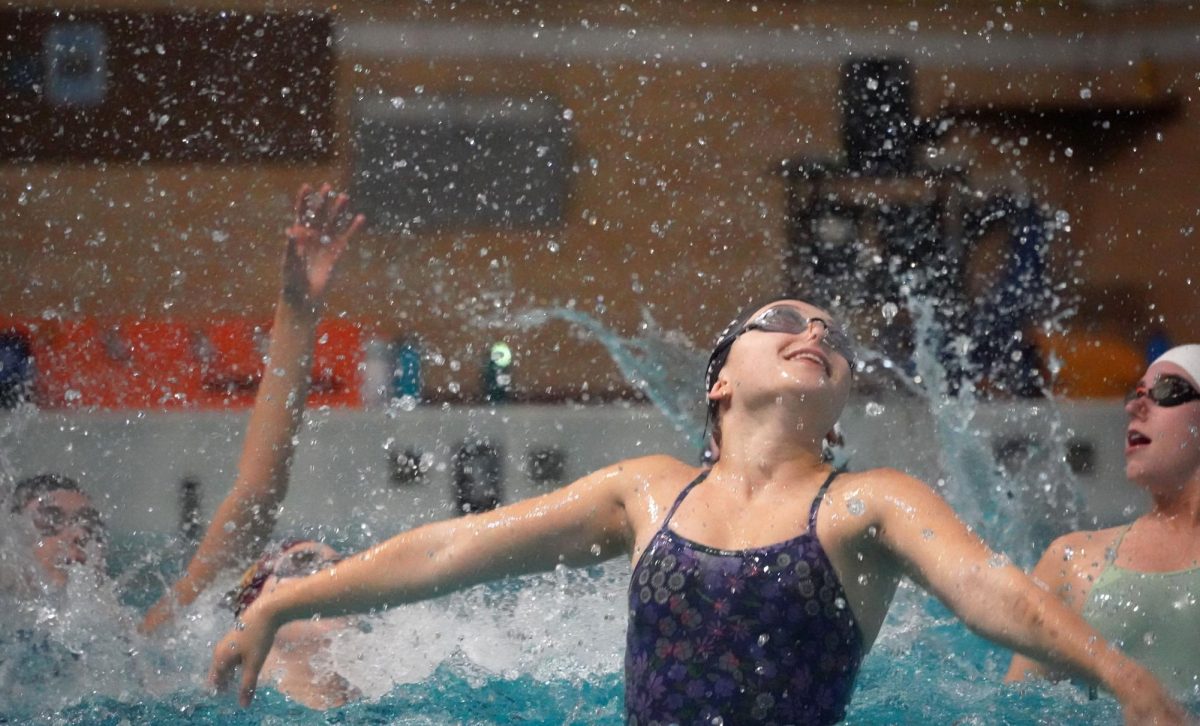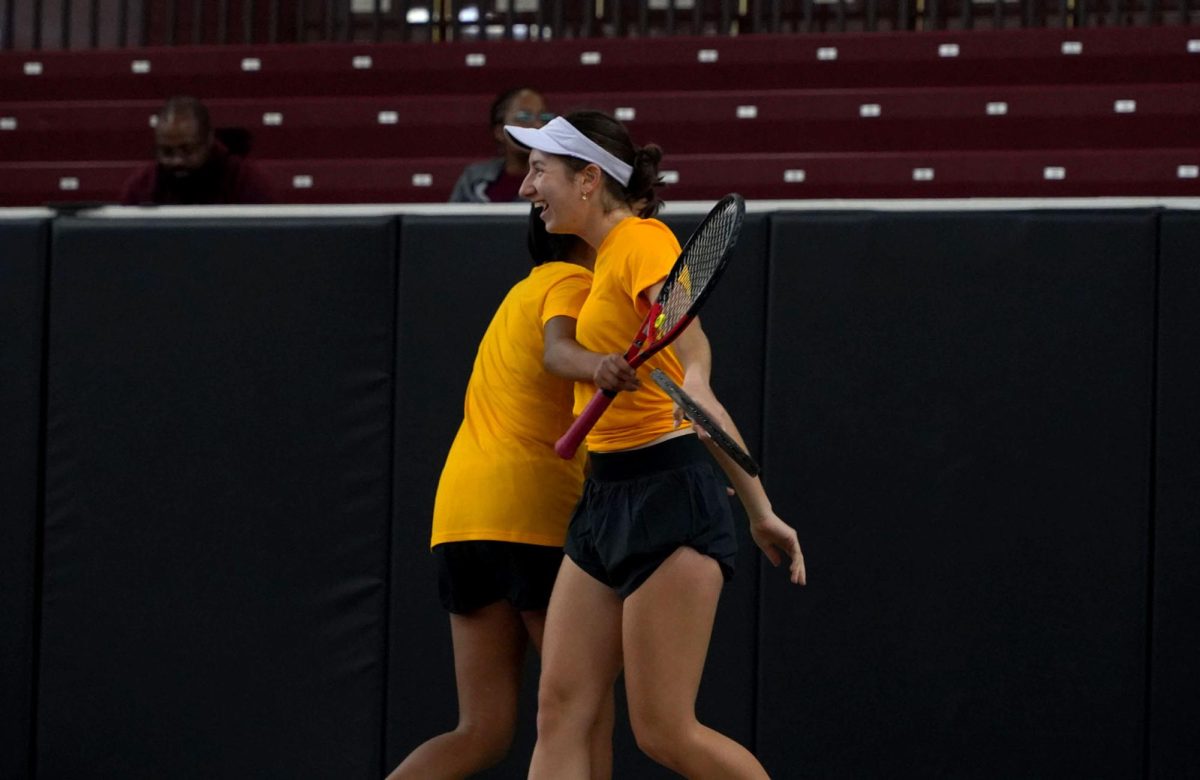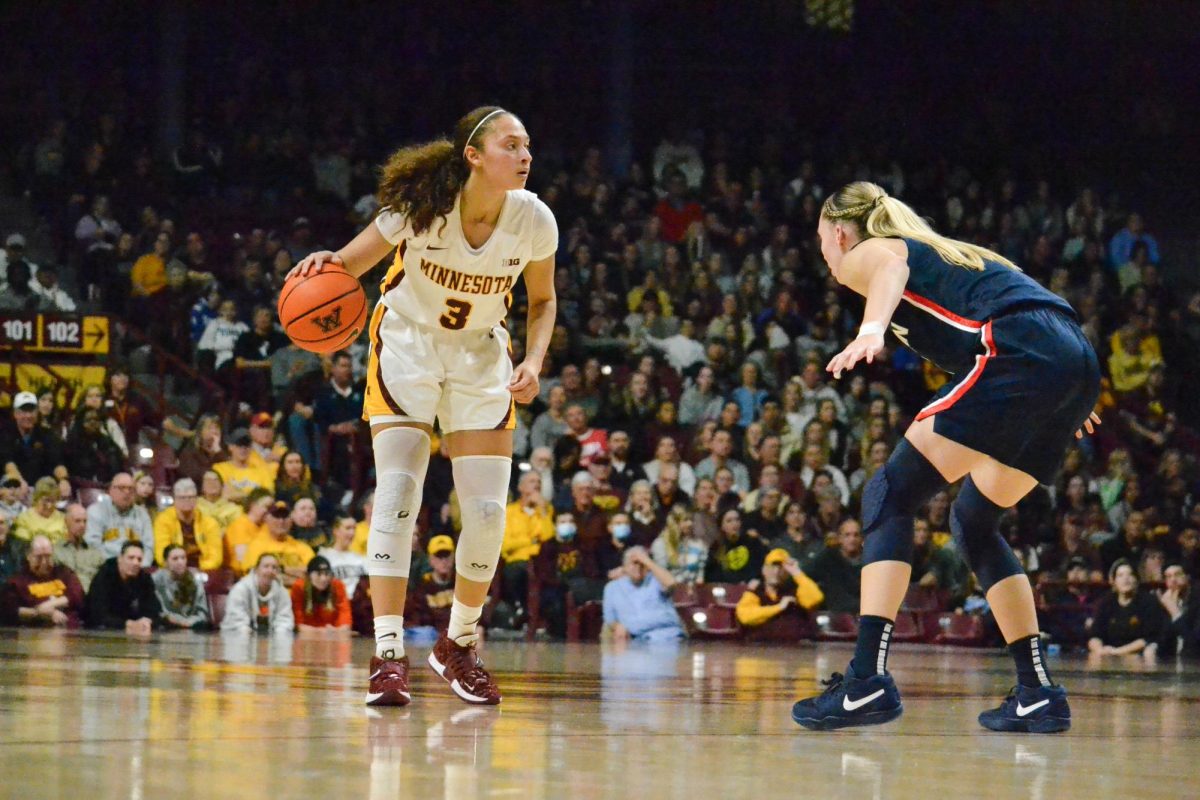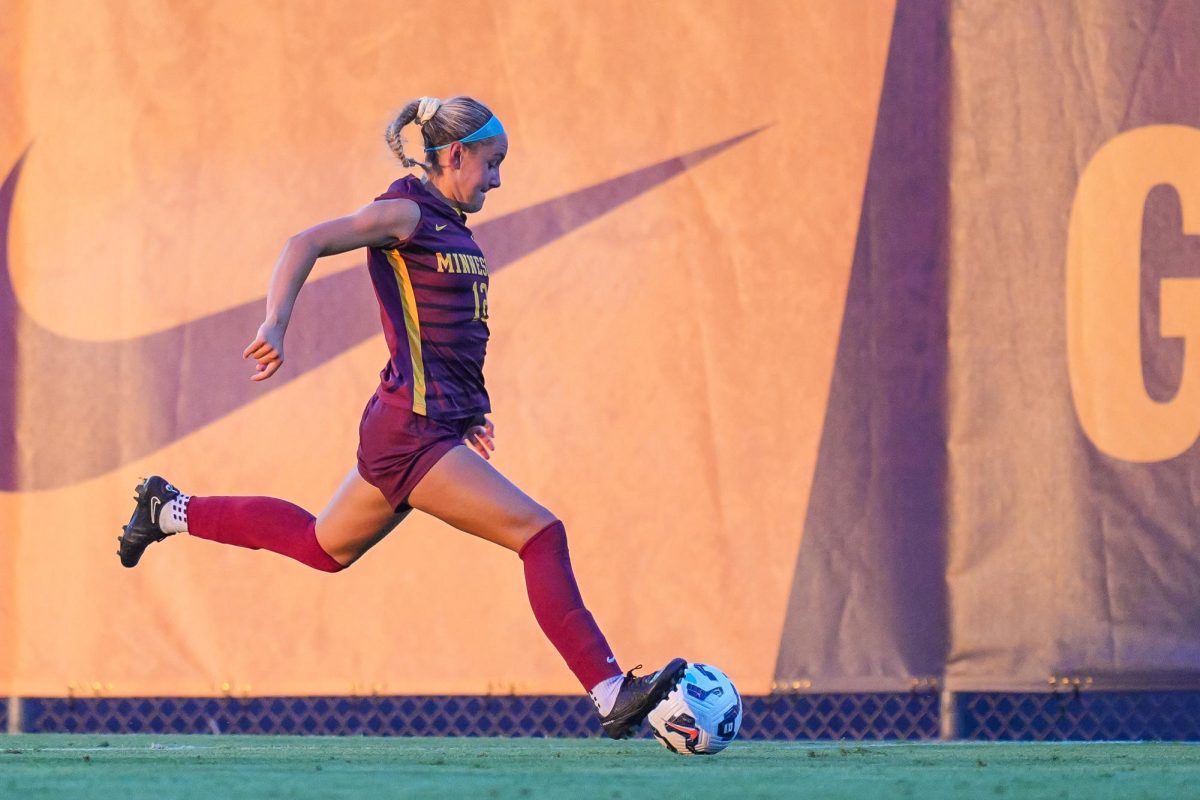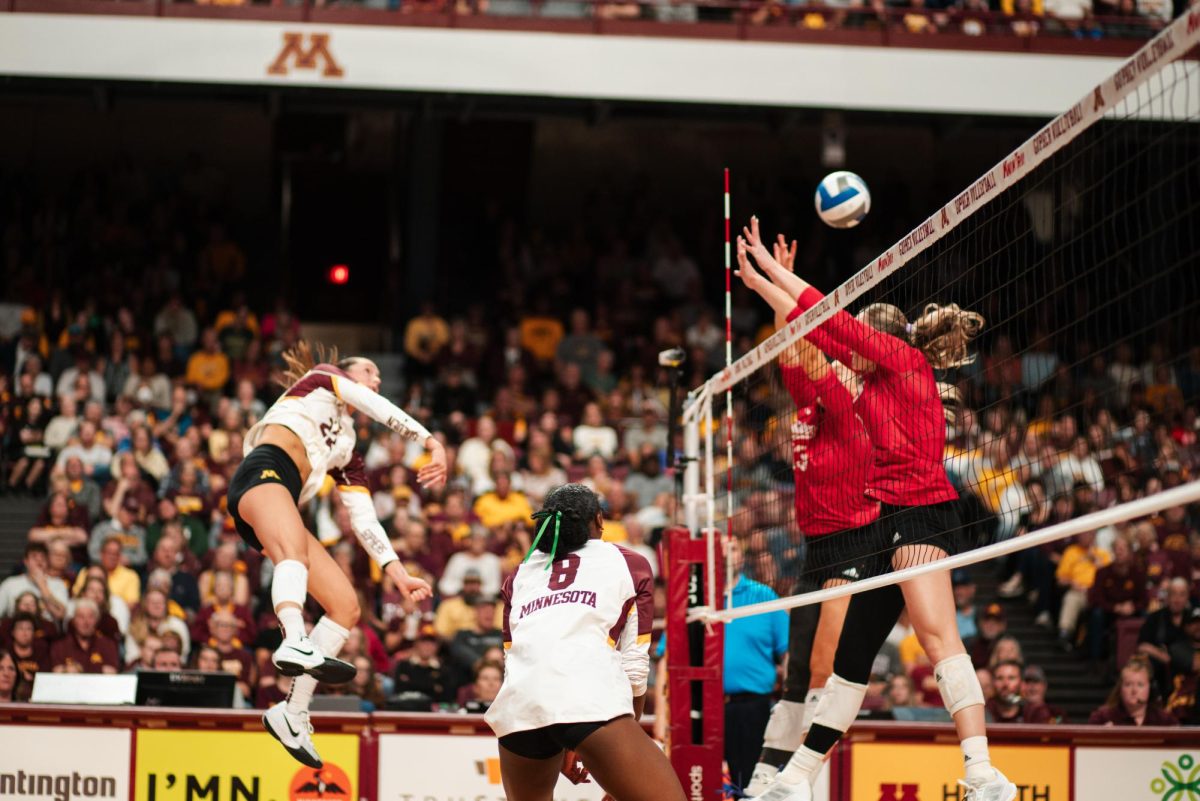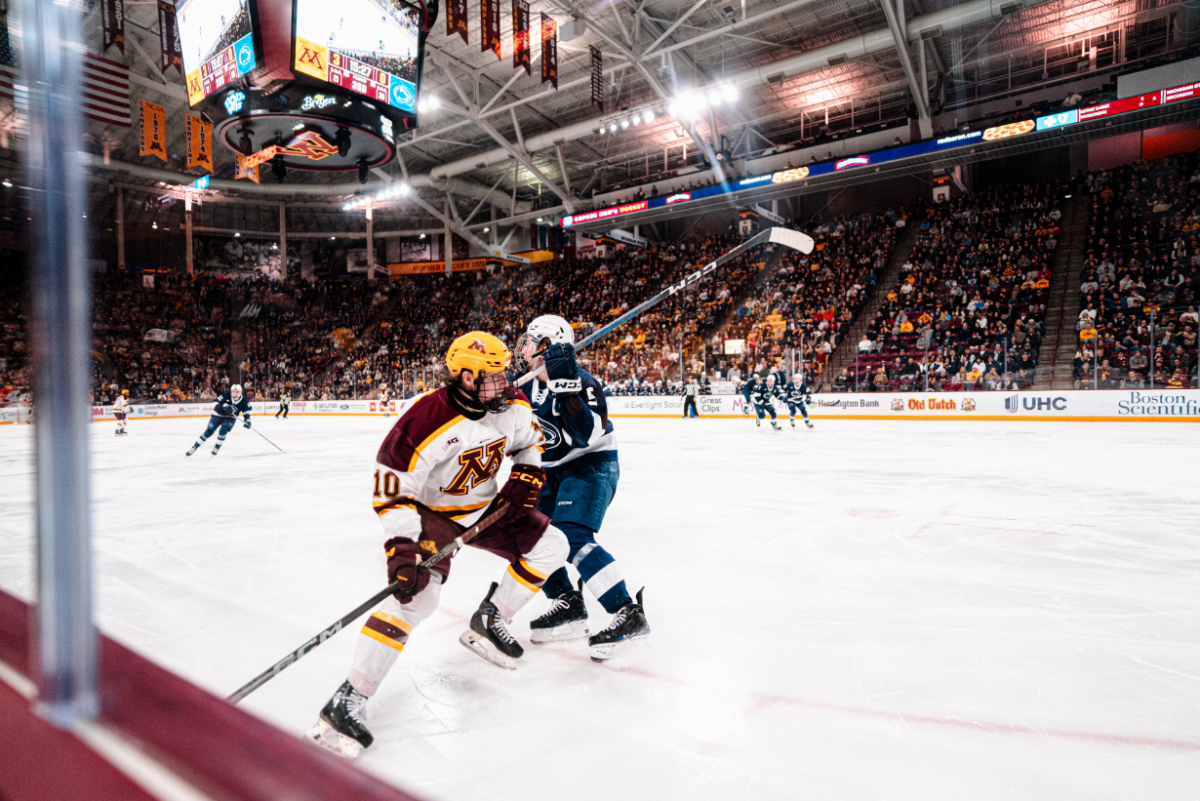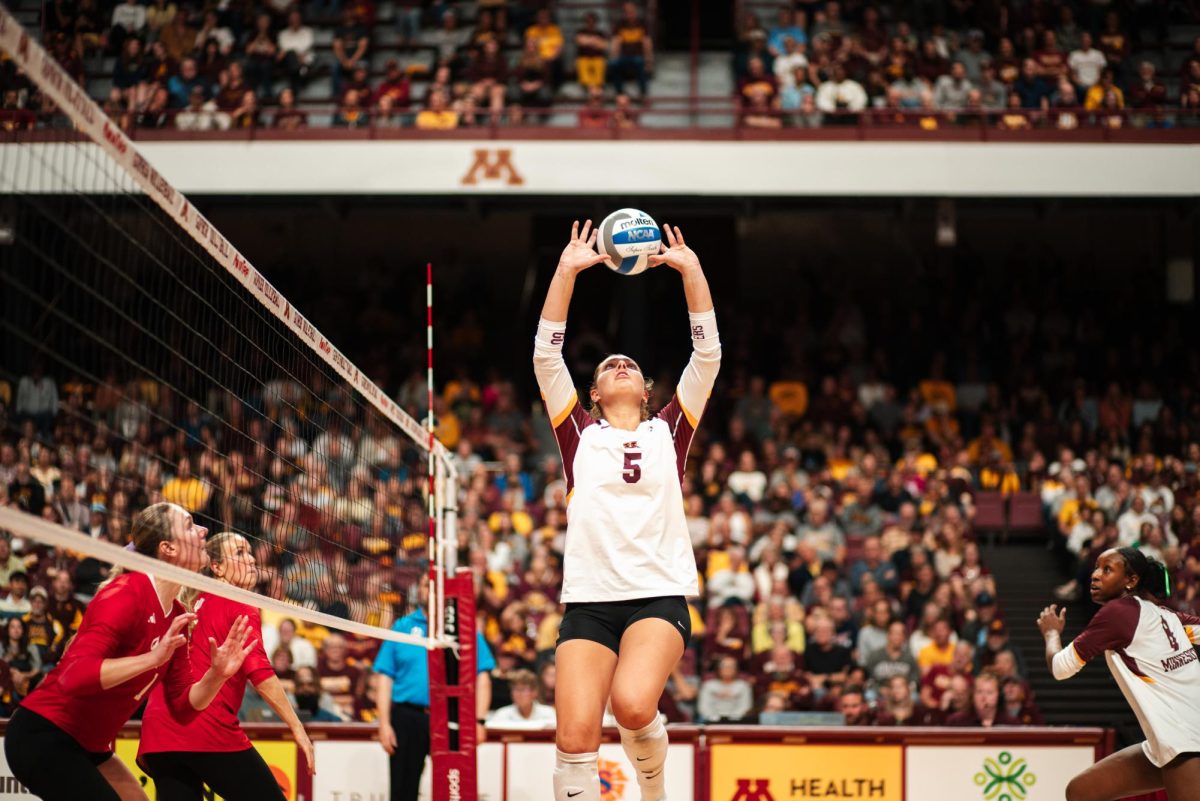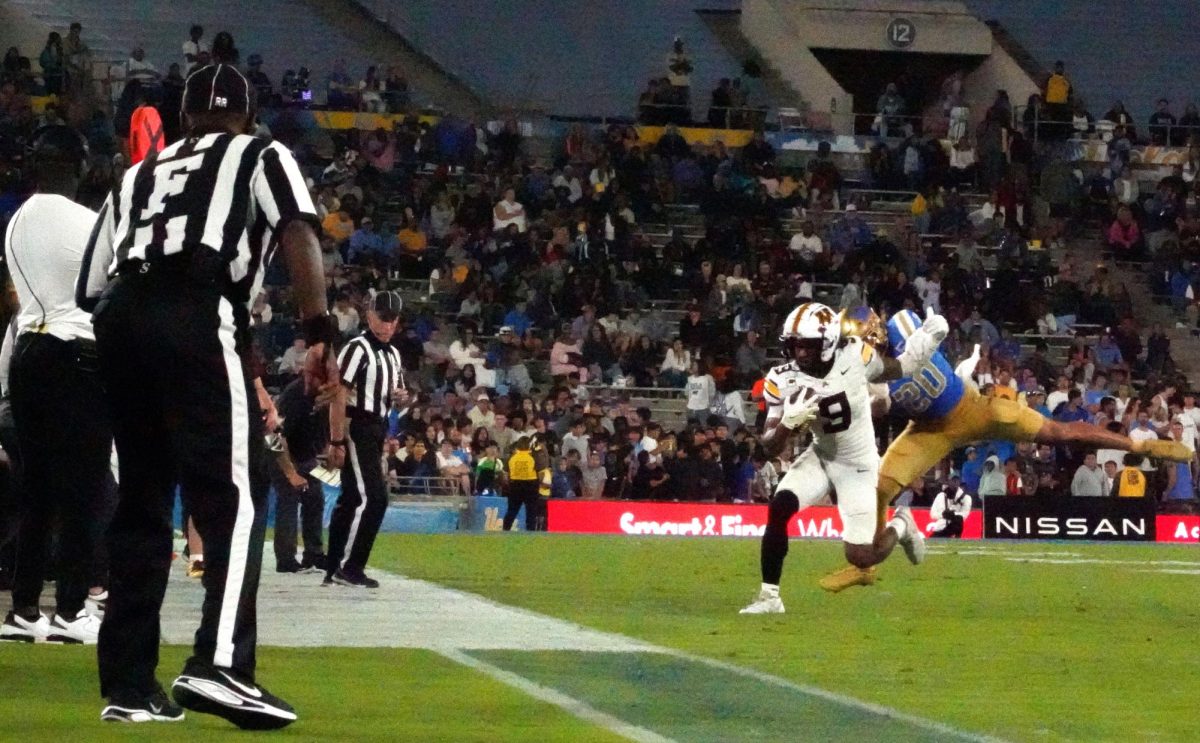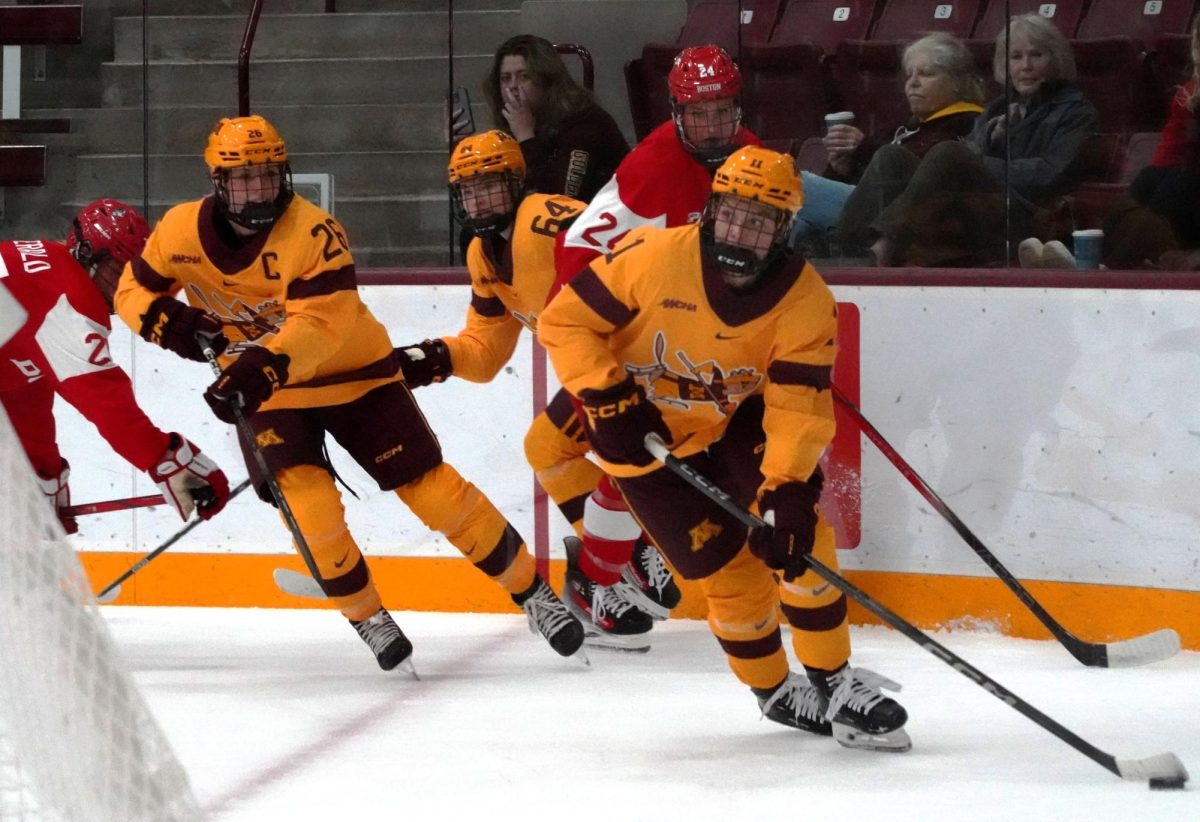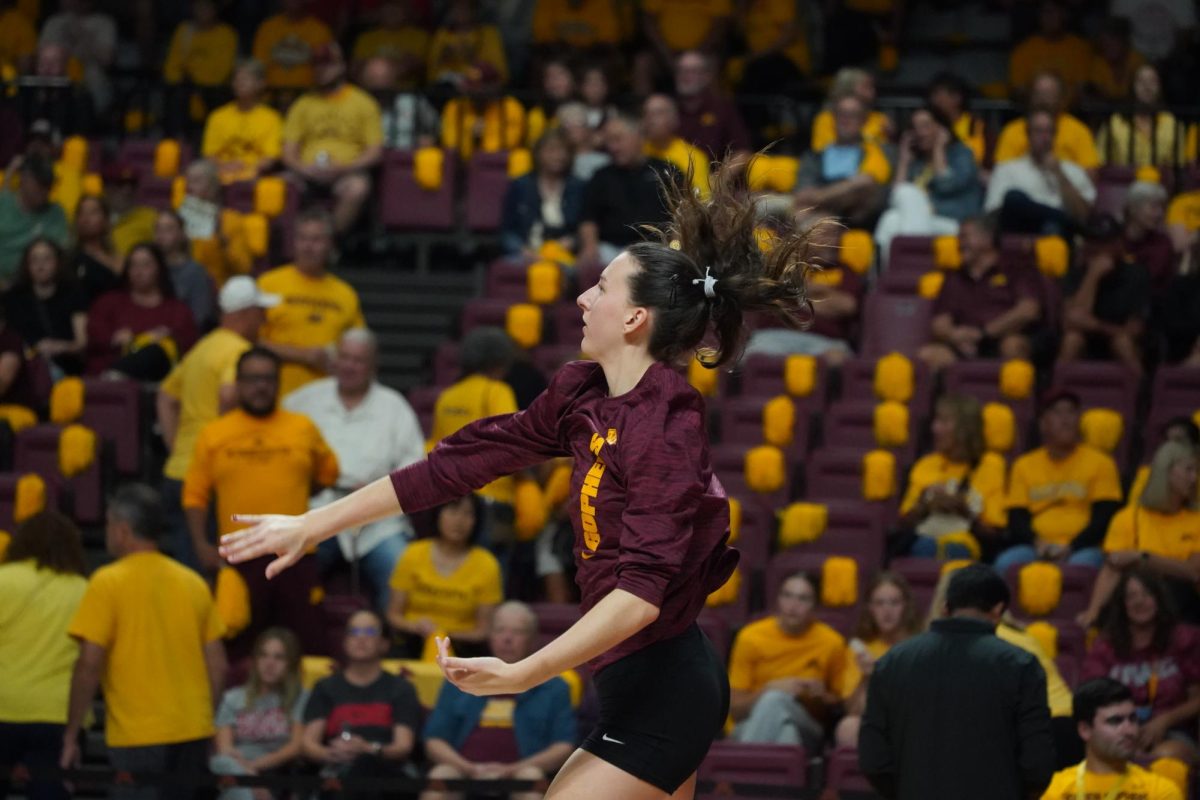Since John Anderson became the coach in the fall of 1981, Minnesota baseball has produced over 100 MLB draft picks. The Gophers hold the longest streak in the Big Ten with 36 straight seasons with a draftee.
Anderson arrived on campus in 1974 with hopes of playing for Gophers legend Dick Siebert.
Instead, Anderson received a coaching opportunity under two Minnesota legends in Siebert and George Thomas. Thomas left in 1981 and the head coaching reins were turned over to Anderson.
Now over 40 years later, Anderson still manages the Gophers at Siebert Field, named after his mentor.
Anderson has produced high-level talent every year he has been the head coach. Player development has been a point of emphasis for Anderson while at Minnesota.
“I think the one thing I learned from Dick Siebert and George Thomas really young was, in this program, if you want to have a good program and have good players and teams, you gotta be really good at player development,” Anderson said.
Minnesota’s ability to turn projects into stars at a staggering rate has resulted in the 36-season streak of MLB players.
The streak started in 1988 with Jay Kvasnicka and has continued today through centerfielder Brett Bateman and pitcher George Klassen. The Chicago Cubs selected Bateman in the eighth round while the Philadelphia Phillies selected Klassen two rounds earlier.
Bateman, reflecting on his time at Minnesota, praised Anderson and hitting coach Patrick Casey.
“[Anderson’s] vision and leadership for player development is shown in the trust with his coaching staff and his players,” Bateman said. “Casey especially challenged me to try new and difficult things every single day, specifically on the contact and timing point of baseball. Whether it was with one-eyed goggles or virtual reality, many things were thrown my way to try to find something that developed me more as a player.”
Focusing on off-the-field development led to Bateman having a career year at the plate. He finished last season hitting .354 (1st on the Gophers, 8th in the Big Ten) and defending the outfield without making a single error.
Bateman shared what he would tell incoming recruits looking at Minnesota as a possible school to continue their baseball career.
“At the University of Minnesota, I have been able to not only develop as a player but to develop as a better person. I have created an unbelievable amount of connections throughout my time, and I am blessed to know the people that I know today,” Bateman said.
Coming out of high school, Klassen had displayed an unteachable arm talent but needed fine-tuning. Anderson worked with Klassen to improve the consistency of his pitches.
Klassen had Tommy John surgery his freshman year, which impeded both his development and confidence. However, during Klassen’s recovery period, Anderson never questioned if his talents remained.
“When [Klassen] is 25 or 26, he’s going to be an outstanding pitcher, and I’m pulling for him and hope that he can find his way in professional baseball,” Anderson said.
The Phillies took a chance on the talented right-hander with enormous upside. Klassen will get his chance to play baseball at the next level with a great organization whose top five prospects include three right-handed pitchers.
In the previous two years, the Gophers propelled three other players to the MLB. Two of them, Zach Raabe and Aidan Maldonado, were selected by the Milwaukee Brewers in 2021 and 2022.
Brewers Area Scout Riley Bandelow reflected on the recent success of Minnesota’s baseball program with the draft and the team’s addition of the two Gophers.
“Yeah, I think both of those guys, for me personally, it was the intangibles that really set those guys apart and I think that’s a testament to the kids, but also, the Gopher program,” Bandelow said. “You don’t have to worry about work ethic and makeup and off-the-field stuff when you’re scouting the Gopher program.”
Anderson has been around the program for over 40 years and in that time has made countless connections with his players off the field. Bateman saw first-hand how Anderson’s personable outreaches openly prepared teammates for life after baseball.
“Coach Anderson is more than just a baseball coach at the University of Minnesota. Many players, including myself, often refer to him as another fatherly figure,” Bateman said.
Those relationships formed between Anderson and his players last beyond the MLB Draft. Anderson said he remains in contact with Max Meyer, a Miami Marlins pitching prospect who tied Paul Molitor as the highest draft pick in Gophers baseball history (third overall).
The right-hander had reached the MLB level for the first time last year and started two games before undergoing Tommy John Surgery. Anderson talked of his most recent conversation with Meyer about the recovery process.
“Yeah, I stay in contact with him; recovery is going fine. It’s a long process, I think he’s bored, but so far, so good,” Anderson said. “I think the plan is for him to pitch again next year.”
Glen Perkins is another well-known name in the Twin Cities, having been drafted out of the University in 2004 and pitched for the Minnesota Twins for 12 years.
Anderson recalled Perkins’ career trajectory: from struggling his freshman year to becoming an All-Star in the MLB.
“The [problem] that happened with [Perkins] not pitching his freshman year was growing up and maturing … [The coaching staff] took a look at him and made some adjustments in the player development, and he bought in,” said Anderson. “He had a great relationship with former Pitching Coach Todd Oakes. They worked very well together and he trusted him and was willing to try whatever he asked him to try.”
Anderson mentioned Oakes and Perkins remained close. Perkins would return to campus to throw with Oakes and work on his game until Oakes died in 2016.
The numerous stories collected by draftees throughout the years serve as a testament to the annual success of Minnesota’s strong, 36-year-old college-to-MLB pipeline.


